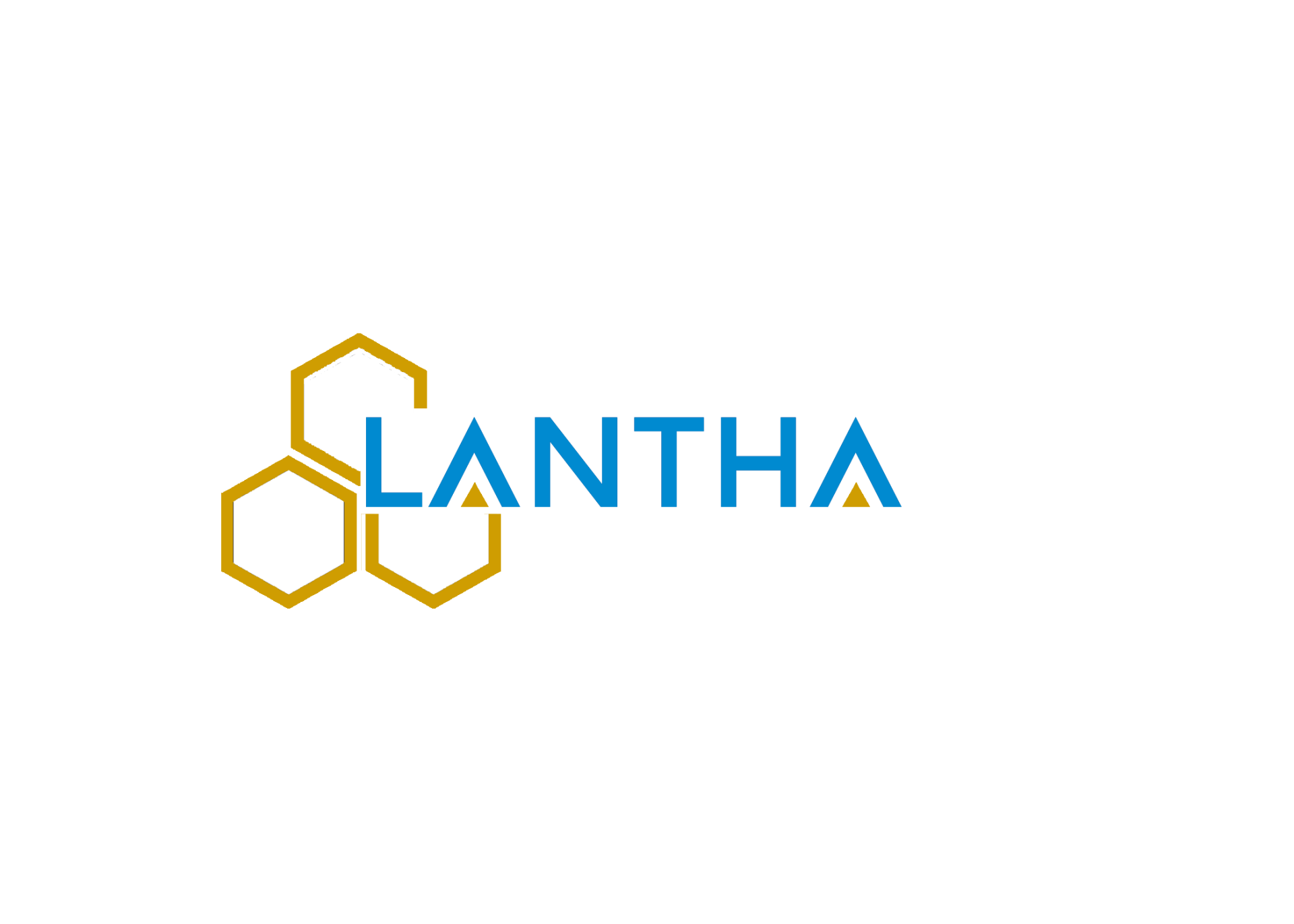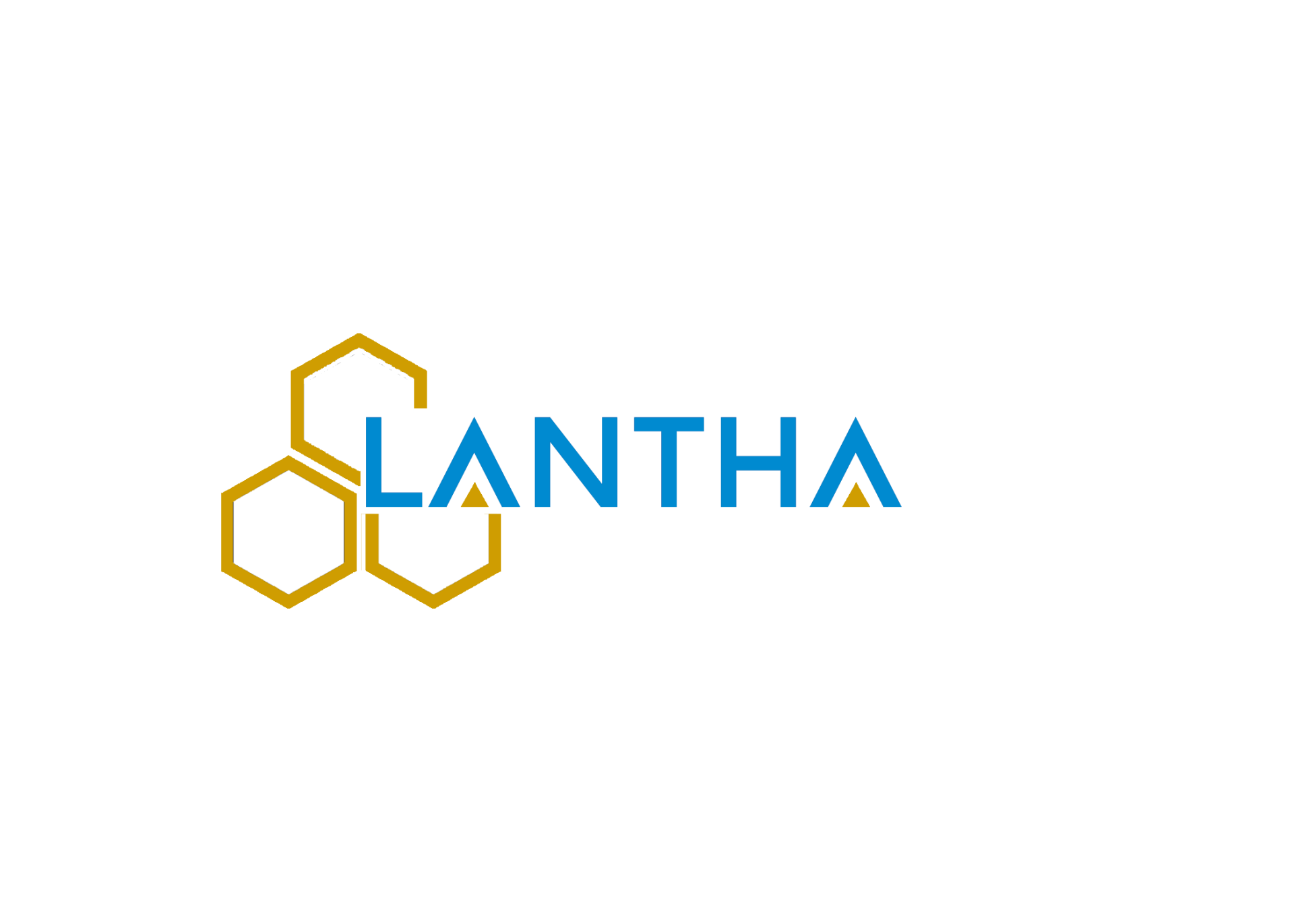BLOG

By Stephany McClements
•
02 Sep, 2020
As the coronavirus pandemic continues to ravage the world, states struggle against a tough economic reopening. Labs are reopening, but it is essential that as the scientific community, we work together to reopen smoothly and safely. Now is the time to rethink lab procedures and to figure out how to carry on in this changed world; not only for health safety but also to ensure economic efficiency in this time of financial uncertainty. When it comes to chemical composition testing, the traditional Karl Fischer titration method is a go-to for many labs to determine moisture content. But how many times have you had to google the principles of Karl Fischer titration and were still left confused about how Karl Fischer titration works? During the Karl Fischer titration procedure, sulfur dioxide is oxidized using iodine and water. The amount of iodine consumed is directly proportional to the amount of moisture in the sample so the reaction is complete when excess iodine is present in the system. Besides this titration method having significant interferences and limitations (most notably for the following chemicals: active redox compounds, ketones & aldehydes, silanols, metal peroxides, carbonates, oxides and hydroxides), it also represents a large economic downside. Capital costs for a titrator can range from $12,000 to $20,000 USD. In addition to this, a standard order of solvents will cost on average $1,500 USD; this is not taking into account wasted solvents that go bad before effective use, due to their short shelf life and their chemical vulnerability to oxidation, UV exposure, and CO2 absorption, as well as generation of sulfides and mercaptans. There are additional operational costs associated with checks of Karl Fischer titration reagent composition, with the usage of water standards for Karl Fischer titration, and with safe disposal practices of toxic waste byproducts of the titration. Additionally, with Karl Fischer titration there are significant personnel and time costs. Overall, as seen in this Karl Fischer titration video cost analysis, Karl Fischer titration as an analytical technique is not designed for maximization of user return on investment. It is also common for many companies to outsource these tests to chemical composition testing laboratories, which can cost around $100 USD per test and can leave you waiting anywhere from hours to days for the analysis results. Lantha Sensors™ has developed an efficient and portable solution that is accurate to the ppm level. Lantha™ has revolutionized the traditional chemical composition testing lab into a handheld device that anyone can use after a quick five minutes of training. Lantha™ test strips for moisture detection (LanthaH2O™ application suite) are self-calibrating, which ensures their accuracy and mitigates the risk of drift, without the need for specialized personnel to operate or check them. Lantha Sensors™ provides customers with the accuracy and reliability of traditional chemical composition analysis equipment, but with unprecedented speed and cost savings. The LanthaLux™ is sold for $3999 USD, and test strips for water content determination allow for testing to be done for as low as $10 per test. Lantha™ provides users with unmatchable cost savings when compared to Karl Fischer titration for water content. No need to be set back by the high prices of a Veego Karl Fischer titrator, or the Karl Fischer titration explained “simple” powerpoint that pops up when you google how does Karl Fischer titration work. Given the current financial situation among pandemic uncertainty, now is the time to change to aid economic recovery while still contributing to safe social distancing practices. Additionally, Lantha™’s solution can facilitate social distancing in the lab, as the LanthaLux device only requires one person for operation, and training takes only five minutes. It is essential that as the world changes, we change with it. Times are tough, but at Lantha™, we are here for you.
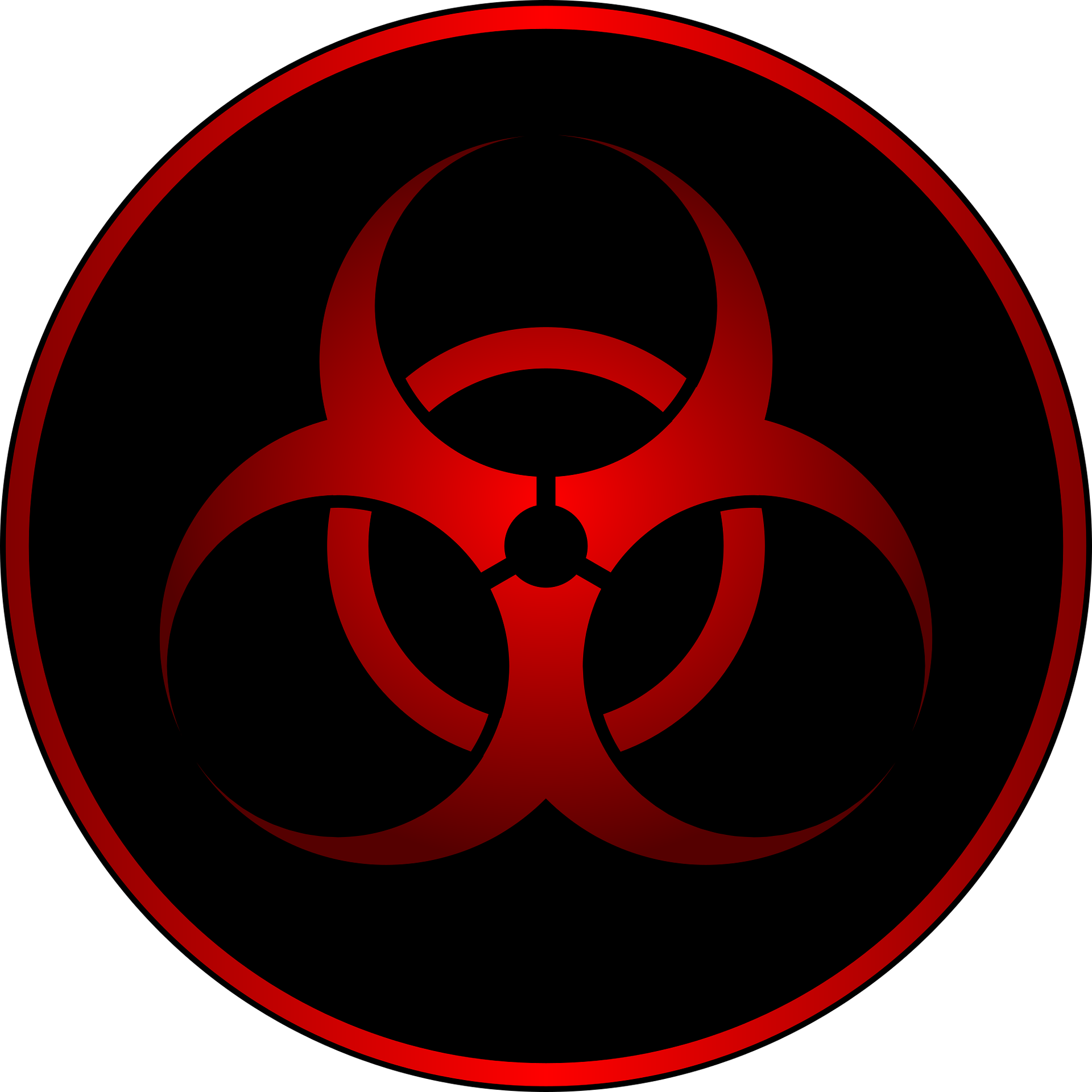
By Stephany McClements
•
21 Aug, 2020
Climate change is one of the defining issues of the modern world. As global warming shows no signs of stopping, now is the time to adapt to minimize its impact. It is necessary for both companies and individuals to do their part by reevaluating daily activities and adopting more environmentally conscious practices. According to research done by The World Counts, humans produce 400 million tons of hazardous waste annually; that is almost 13 tons each second. Traditional chemical composition testing equipment often produces hazardous waste. It is imperative that industries begin to move away from damaging methods and towards more environmentally friendly solutions. Chemical analysis is a major requirement for many industries, ranging from pharmaceuticals, to agriculture and to petroleum, for quality control is essential for proper operation. Although the byproducts of chemical composition testing account for a small percentage of the total hazardous waste, any effort to decrease waste represents progress as a large volume of industries use chemical analysis methods and the waste compiles rapidly. Karl Fischer titration is a classic chemical composition analysis and testing method, widely used in determining moisture content in samples. The Karl Fischer titration procedure is carried out often in an automatic Karl Fischer titrator. The reaction consumes iodine in proportion to the amount of moisture in the sample; the iodine in the reaction along with the base used during analysis (often pyridine) contribute to the generation of halogenated hazardous waste streams left after the reaction is completed. Halogenated waste is organic chemical waste that contains fluorine, chlorine, iodine or bromine (or their anions). Because the disposal cost of halogenated waste is significantly higher than normal waste, it is important to separate it from normal waste, and dispose of it properly. Karl Fischer titration reagent compositions often include pyridine, which then mixes in with halogenated species throughout the reaction and thus poses a risk to both the environment and anyone who handles this halogenated waste. Lantha Sensors™ offers an innovative solution to traditional chemical composition testing services, especially for moisture content determination. The process is simple: by just dipping one of Lantha™’s propietary test strips into your solution, and then inserting the test strip into the portable LanthaLux™ device, analysis results will be ready in mere minutes. Lantha™ test strips are easy to use and pose no health risk to users or the environment. There are no additional disposal costs, and no human health effects. Disposal is simple, and waste is minimal. It is time to move away from using Karl Fischer titration for water content and switch to Lantha Sensors™’ new technology: a cleaner, greener, simpler alternative to traditional chemical composition testing. Lantha Sensors™’ solution can achieve resolution down to the ppm level; it is optimized for user efficiency and return on investment. Adoption of sustainable technologies has never been a more pressing issue. The time to change is now, and Lantha Sensors™ wants to help facilitate that change. Why deal with the unnecessary waste produced by the Karl Fischer titration method when there is a greener alternative, which is also more time and cost effective? The quest for an easy to understand Karl Fischer titration video is over! Lantha™ is chemical analysis simplified .
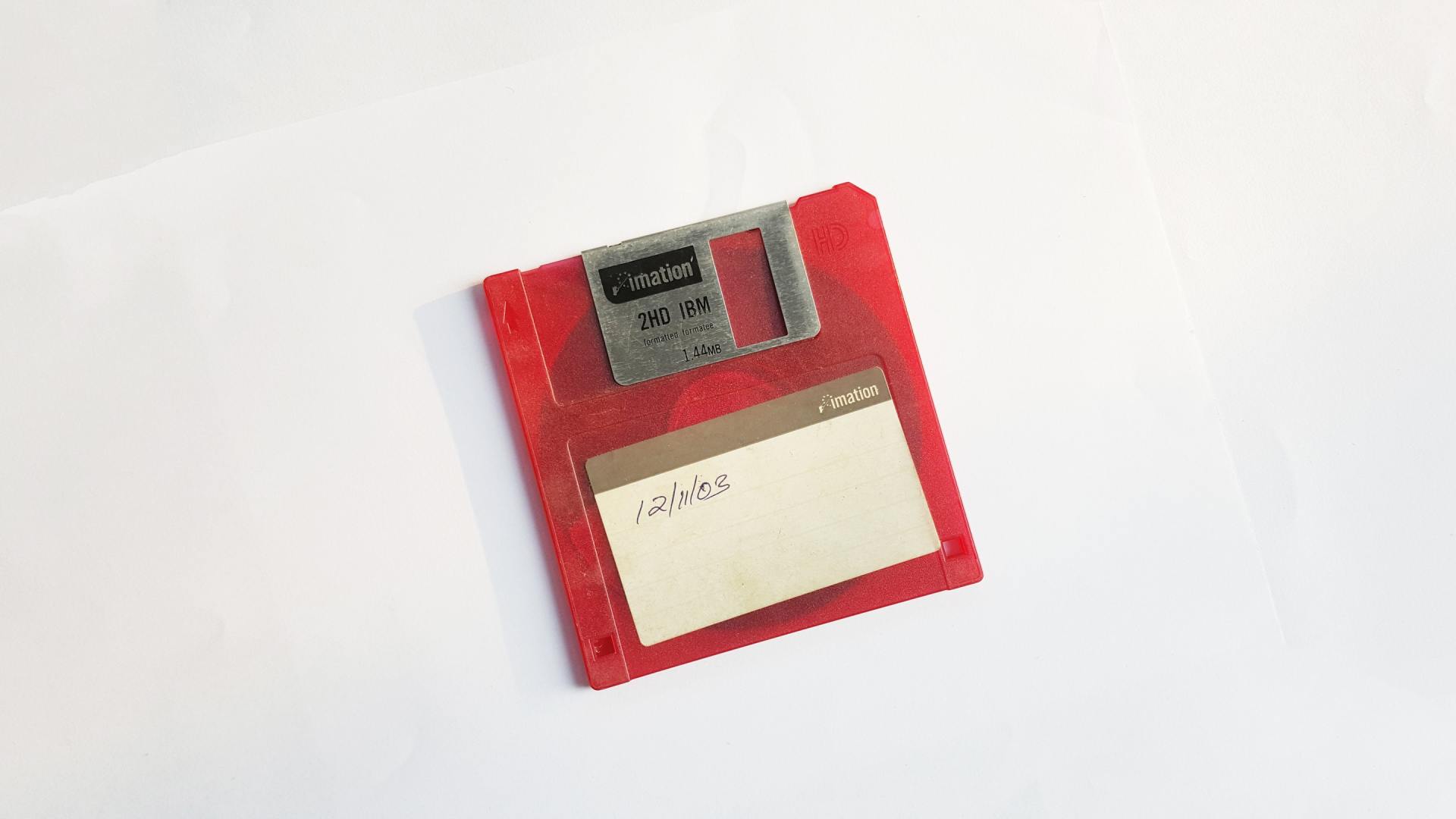
By Stephany McClements
•
10 Aug, 2020
The nuclear magnetic resonance spectroscopy lab method of analysis is one of the technique used in analytical chemistry to determine the purity and chemical contents of a sample. NMR lab spectroscopy is conducted by placing a sample in a magnetic field and it to induce excitation of the nuclei of the elements present in the sample. This results in a signal, which is detected by the NMR instrument (chemical analysis equipment), recorded in an NMR lab report and spectrum. The use of NMR labs has become an industry standard in chemical composition testing of organic molecules and other chemical samples over the past few decades. It is also a legacy technology for isotopic purity determination. Nonetheless, this method of analysis also has some shortcomings. Limitations of NMR lab tests include low sensitivity of the technique depending on the sample of analysis, and magnetic field drift which is detrimental to the actual NMR spectra produced in an NMR lab report. Low sensitivity can be caused by weak interactions of specific nuclei with the magnetic field of the instrument. Magnetic drift can lead to spectral peak broadening and distortion of lineshapes, which leads to difficulties in reading and interpreting NMR spectra produced from NMR lab tests. Additionally, conducting an NMR lab test is a very costly endeavor. Cost components of such tests include capital and operating costs. Depending on the desired resolution and capabilities of an NMR spectroscopy lab, capital costs of such chemical composition testing equipment can range between $500K and $5MM. Operating costs per year are approximately $100K/year for these chemical composition testing services. Though third-party options are available as a means of conducting NMR lab tests, these tests can cost anywhere from $60 to $400 per test. Analysis of third-party NMR lab test results requires an additional expensive, highly trained staff for interpretation of results - with an average rate of $250/hour. Nuclear magnetic resonance spectroscopy labs (NMR spectroscopy labs) are costly and require significant upkeep to ensure quality results - but even when the relevant chemical analysis equipment is maintained and precautions are taken to ensure accuracy in results, samples may not always be able to be analyzed effectively given limitations of this technique of chemical composition analysis and testing. Lantha Sensors™ has worked to develop a product that addresses these issues. At Lantha™, we have worked to develop an effective, rapid, point-of-need tool for quantitative chemical composition testing, more specifically for isotopic purity analysis, that is time-efficient, cost-friendly, and provides accurate, high-resolution results. We have worked to make our product affordable with purchase and lease options for our chemical analysis equipment product offerings. The LanthaLux™ reader has a list price of $3999.99, and a set of 50 LanthaISO™ test strips (for isotopic purity determination) is sold at a price point in the range of $699-$999, depending on the isotope of interest. These price points result in an average test cost of $14-$20 per test, a fraction of the test cost of NMR lab tests. Our product design allows for chemical composition analysis and testing of a given sample to be conducted easily and effectively, and our lanthanide-based metal-organic framework chemistry that is the key component of our patented technology ensures highly accurate results. Lantha™’s approach in chemical composition testing continually strives to make analysis more accessible to Anyone, Anytime, Anywhere.
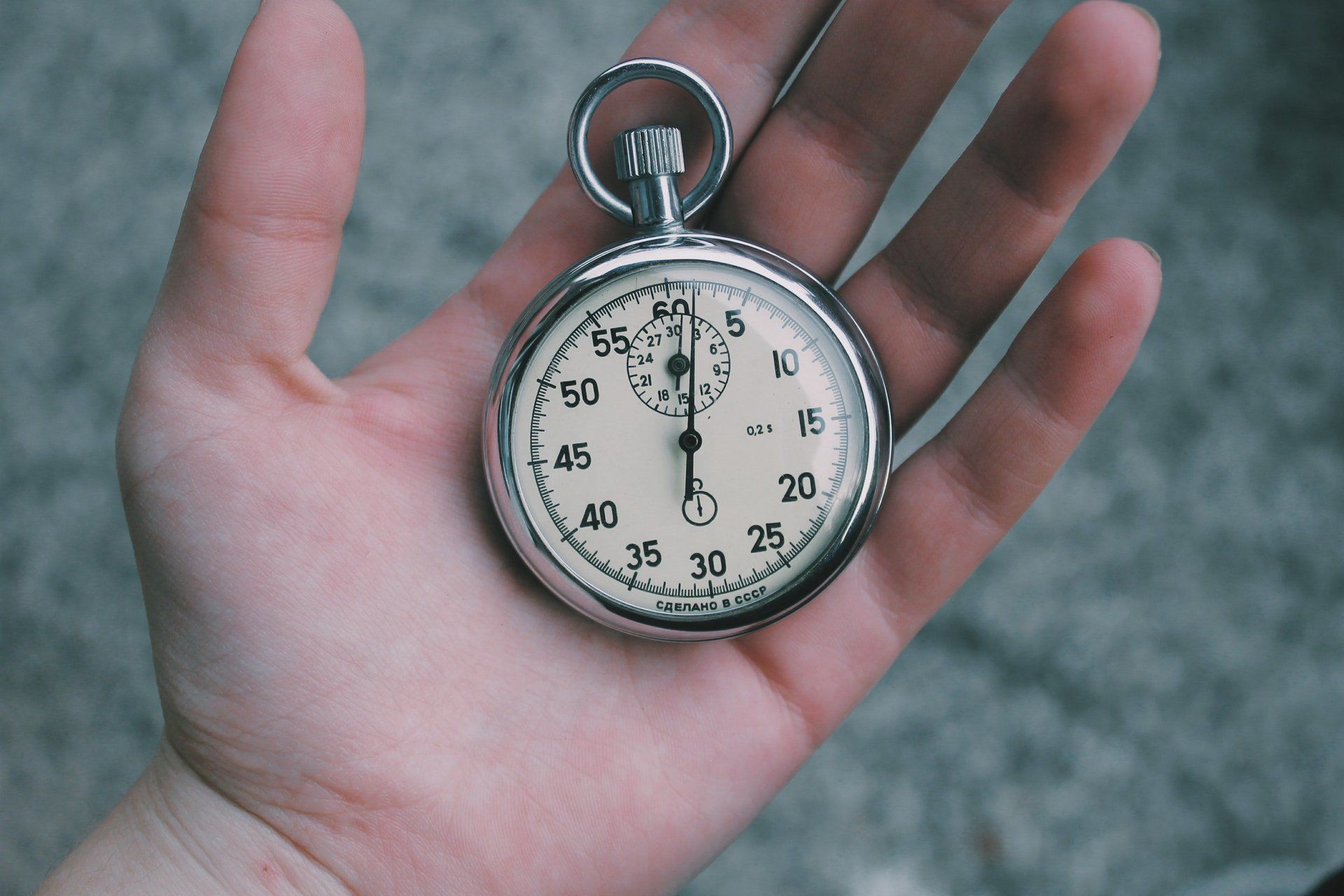
By Stephany McClements
•
06 Aug, 2020
Moisture analysis is a requirement for ensuring the integrity of any given fuel product. Higher than acceptable levels of moisture in fuel can lead to degradation of the machinery being operated. Lantha™ is disrupting how trace moisture levels in fuel is analyzed, by providing chemical analysis equipment that requires a fraction of the time to operate, at a much more affordable price. Our goal is to allow our users to assess the quality and integrity of their products quickly and easily, without the need for a laboratory. Currently, application of Karl Fischer titration is the standard for moisture analysis of fuels. The Karl Fischer titration procedure for fuel analysis follows common Karl Fischer titration methodology and uses commercially available equipment. Water standards for coulometric Karl Fischer titration are commonly used in fuel industry applications of Karl Fischer titration, though volumetric Karl Fischer titration procedure may be appropriate as well, depending on the estimated moisture level of the fuel sample, and concerns around heavy contamination. The downside to the Karl Fischer titration procedure is that it is time-consuming, it requires highly-trained staff to not only to conduct and interpret the analysis, but also to constantly check the integrity of the reagents, and it can face significant chemical interferences. Lantha™’s product suite, however, offers analysis results in minutes, simplifying analysis and making it accessible anytime, anywhere. This allows analysis to be conducted outside of lab settings and simplifies testing and quality assurance procedures. Fuel with compromised integrity, due to high levels of moisture, can be dangerous to the operator of a vehicle. In cars and similar motor vehicles, water contamination can lead to rough acceleration, engine misfires, and difficult starting conditions. Creating a rapid, point-of-need method for moisture analysis allows for fuel checks through the supply and distribution chain of fuel products, resulting in lower costs for maintaining fuel integrity and higher levels of customer satisfaction , due to more accessible insights about product quality throughout the distribution process. An additional area of concern when it comes to fuel quality is sulfur content in fuels. Sulfur has a significant environmental impact, so excess levels of sulfur can contribute to negative environmental effects. However, not enough sulfur in the fuel stream can reduce lubricity. Right now, the regulatory level of 15 ppm sulfur for on-road fuel ensures a balance of these two implications of sulfur in fuel products. Currently, sulfur levels in fuel are determined using FTIR, UV fluorescence, chemiluminescence, and similar methods of analysis. Lantha™’s product suite removes the time, equipment, and other costly barriers in these methods of analysis, and allows for rapid, point-of-need testing on the road, or wherever you may need to analyze and assess the quality of your fuel. Near real-time feedback about fuel integrity, as provided using Lantha™’s fuel analysis products, allows for ease of assessment of fuel quality and better product monitoring and maintenance - allowing users to better act on issues associated with compromised fuel. Lantha™’s work to make analysis accessible anywhere, anytime, makes the analysis process more affordable, and allows for users to deliver higher quality products with a lower cost of monitoring their products.
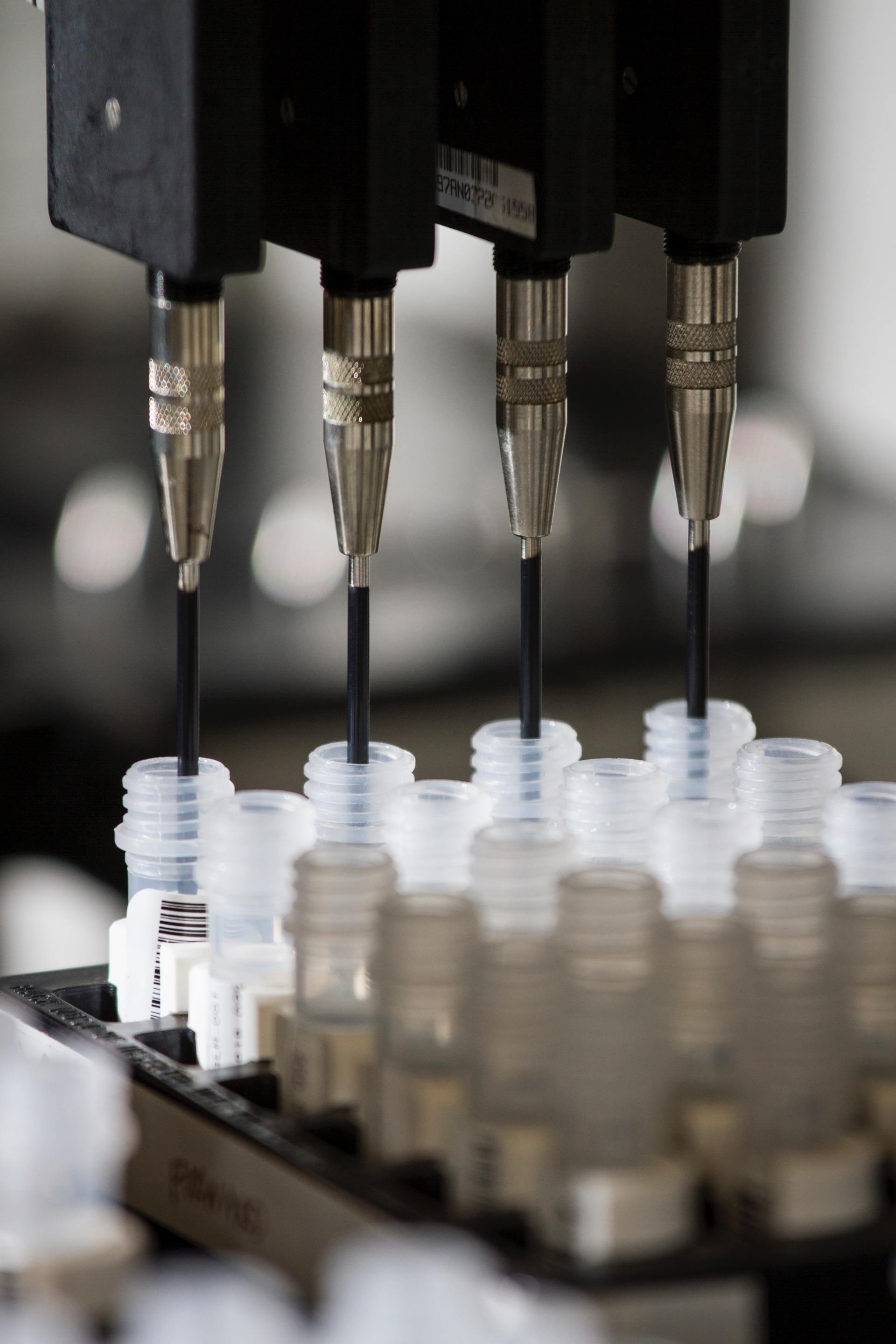
By Stephany McClements
•
02 Aug, 2020
The field of chemical analysis is broad. Common methods of chemical composition testing include gravimetric, volumetric, and titrimetric analysis. Though these methods are well known in the scientific community, Lantha™ simplifies the chemical analysis process by offering chemical analysis equipment that allows for rapid, point-of-need analysis to be conducted at an affordable price point. Gravimetric analysis is conducted by measuring a change in mass of a given sample. Unfortunately, this method of analysis is limited in its capabilities. By relying solely on a change in mass, gravimetric analysis can be associated with inaccuracies in measurements, as volatiles outside of those of interest could be released during the gravimetric analysis process. Additionally, the process could result in a loss of mass of the desired sample. Volumetric methods of analysis, such as titration, tend to be more accurate and precise than gravimetric methods of analysis, but there are still flaws in this process. For example, by outlining how Karl Fischer titration works, we can understand the gaps in volumetric chemical analysis. There are two types of Karl Fischer titration methods, volumetric and coulometric. The volumetric Karl Fischer titration procedure and coulometric Karl Fischer titration procedure are similar; the key difference between the two is the range and sensitivity of analysis. Coulometric Karl Fischer titration can be used to detect amounts of water in the range of a few ppm and is used for high precision measurements of ppm water content. Volumetric Karl Fischer titration is used to measure greater concentrations of moisture. The Karl Fischer titration method is similar to other titration methodologies. The process requires appropriate steps be taken to ensure a Karl Fischer titration calibration is properly performed and Karl Fischer titration reagent composition is frequently checked, to ensure accurate chemical composition testing. Though Karl Fischer titration water content measurements are trusted in the industry, they are by no means the most efficient or effective form of chemical composition analysis and testing for water content in a volumetric sample. Additionally, Karl Fischer uses are limited, as the technique is only employed for determination of water content. Unlike the Karl Fischer titration method, Lantha™’s product offerings have a wide variety of applications when it comes to chemical composition testing. In contrast to gravimetric and volumetric analysis techniques, Lantha™’s chemical analysis equipment, coupled with its proprietary and use specific test strips, can be used for a variety of applications - from water content to isotopic purity determination. Even compared to automated means of chemical testing, such as with an automatic Karl Fischer titration apparatus, Lantha™’s product offerings allow for greater ease of use at a lower price point. Lantha™’s technology and products simplify chemical analysis and provide the tools so that accurate testing is accessible to anyone, anytime, anywhere.
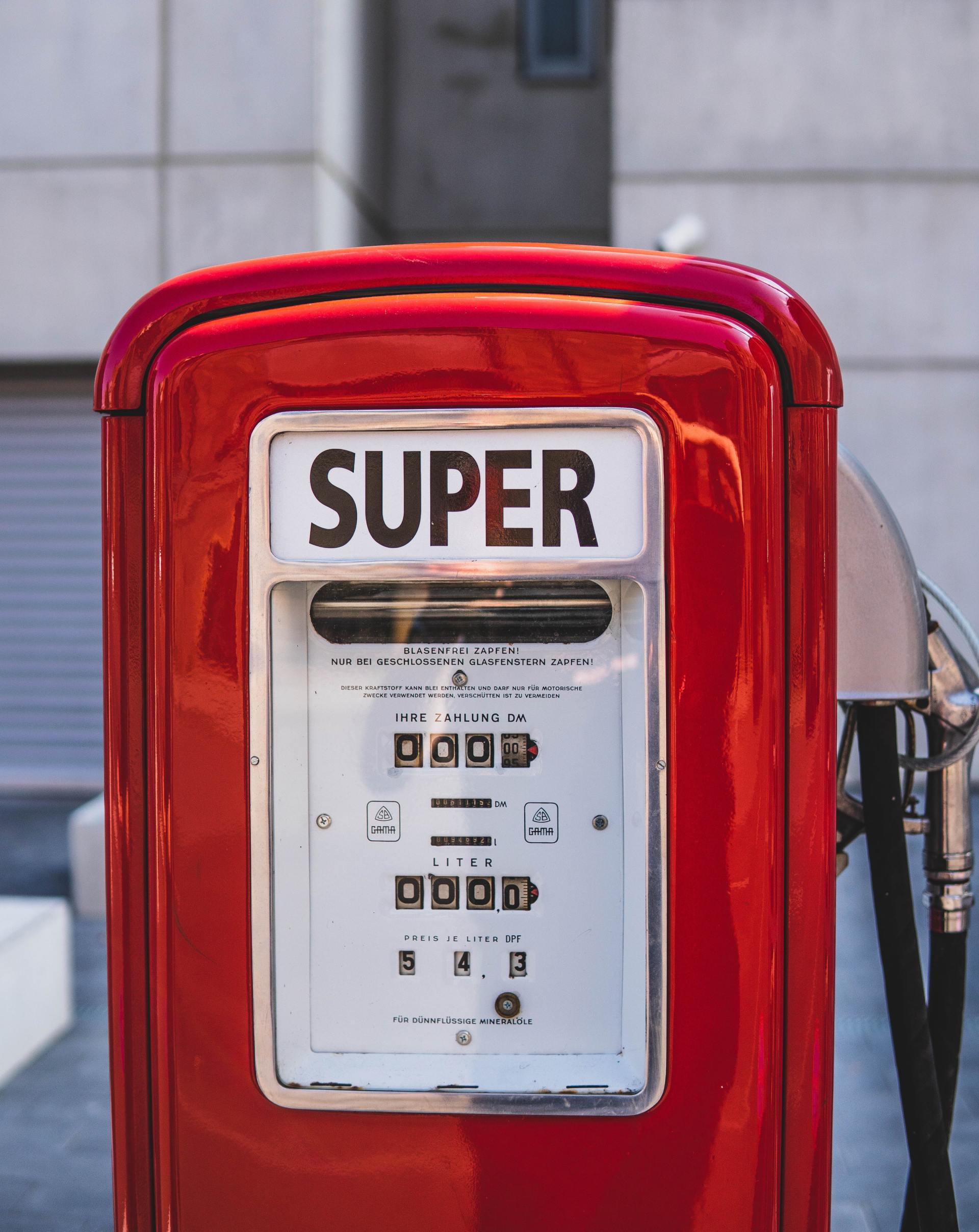
By Stephany McClements
•
20 Jul, 2020
Quality control of fuel is vital for the long-term health of engines and machinery. This process requires checks of multiple parameters in order to monitor and regulate the concentration of a variety of contaminants in a given sample of fuel. There are several contaminants of concern in refined fuel streams - including but not limited to sulfur species and moisture. Lantha Sensors™ is addressing the cost of analysis concerns around these two contaminants to ease the process and quality control and assurance in this industry. Currently, the application of Karl Fischer titration is the industry standard for moisture analysis of fuels. The Karl Fischer titration procedure for fuel analysis follows common Karl Fischer titration methodology and commercially available equipment such as the Aquastar Karl Fischer titrators product line. Additionally, water standards for coulometric karl fischer titration are commonly used in fuel industry applications of Karl Fischer titration, though volumetric Karl Fischer titration procedure may be appropriate as well, depending on the estimated moisture level of the fuel sample, and concerns around heavy contamination. A manual or automatic Karl Fischer titration apparatus can be used, and after appropriate steps for Karl Fischer titration calibration are taken, the sample of interest is titrated with the relevant titrant and coulometric data is collected (coulombs generated during the titration process) to determine the amount of water in the sample. Though this process of chemical composition analysis and testing is the industry standard, the method has limitations when it comes to accuracy and the equipment itself is not designed for portable testing. Furthermore, the reagents required for analysis and maintenance of the equipment can become costly and the testing procedure can generate significant amounts of hazardous chemical waste. Additionally, the timeframe of analysis can vary greatly depending on the nature of the sample being tested, and the desired level of accuracy and precision. Analyzing other contaminants, such as sulfur species, require other methods of chemical composition analysis and testing such as X-ray fluorescence or combustion analysis. The former has some limitations in accuracy and resolution of analysis, and the latter can lead to the evolution of toxic gas or the wastage of fuel if not completed correctly. The LanthaFuel™ application suite addresses these concerns in common chemical composition testing methods by simplifying chemical analysis. Our product offerings for chemical composition testing services, based on metal-organic framework (MOF) chemistry, have allowed us to develop chemical analysis equipment that seamlessly couples with software to simplify the process of conducting analysis and analyzing results. The LanthaLux™ data analysis tool has an incredibly small footprint (it fits in the palm of your hand!) and it is lightweight, facilitating testing to be performed anywhere: port, lab, storage farm or even on a transatlantic barge!. Lantha™ test strips further simplify the analysis process as testing is as easy as dip, flick and insert: 1) dip the test strip into the sample of interest, 2) flick excess solution off, 3) insert the sampling test strip into the LanthaLux™ device and acquire results in mere minutes. Not only is Lantha™’s product offering a simpler approach in chemical composition testing, it is more time-efficient, cost-friendly, and provides accurate, high-resolution results. Accurate testing solutions for fuel streams is one of the avenues through which Lantha™ is driving to make chemical composition analysis and testing accessible to anyone, anytime, anywhere.

By Stephany McClements
•
15 Jul, 2020
Universally accepted, scientists rely on Karl Fischer titration for water content analysis in a variety of samples. The Karl Fischer titration method has two alternatives depending on the amount water to be determined: coulometric or volumetric titrations, each requiring different chemical analysis equipment. During the application of Karl Fischer titration, an iodine containing solvent is added to a sample and the amount of solvent used is measured, as this one uses up the water in the sample being analyzed. Both, volumetric and coulometric titration use iodine during the process of water content determination in a sample. The difference between coulometric and volumetric titratrion, the two Karl Fischer titration uses, is that in the volumetric Karl Fischer titration procedure, the volume of the iodine titrant added is used to determine the overall water content. In contrast, for coulometric Karl Fischer titration, the iodine is generated electrochemically within the titration cell and the water content is determined by measuring the electrical current needed for oxidation. As you can imagine then, the water standards for Karl Fischer titration vary depending on the method used. When it comes to the cost of Karl Fischer titrators, they can range from $12,000 up to $20,000 and also involve additional costs for titrants and standards. A standard order for the solvents or titrants that are required for every test is usually in the range of $1,500. Particularly, the amount of solvent used for each test is directly proportional to the amount of water contained in a sample, meaning costs could easily ramp up for people who run multiple tests for samples containing large amounts of water. Additionally, the titrants used for chemical composition analysis and testing using a Karl Fischer kit require constant checks as they have short shelf life, and the compromised integrity of a solvent could harm the reliability and accuracy of a test. The factors outlined above indicate that Karl Fischer technology is not only expensive, but it is also not designed to maximize a user’s return on investment, especially when compared to the simple and accurate solutions offered by Lantha Sensors. At Lantha Sensors, we focus on maximizing your return on investmentby offering easy to use, reliable and accurate solutions that you can use in a lab, a manufacturing plant, a warehouse….or anywhere else! Lantha Sensors offers test strips for moisture detection that are self-calibrating; this is facilitated by the incorporation of control test pads on each test strip, generating a baseline for each individual test and ensuring accuracy for every analysis. With our application suite for water content determination, LanthaH2O, we offer solutions for $10 per test; the LanthaH2O test strips are sold in sets of 50 for $499. In addition, the LanthaLux reader is sold for $3999, providing incredibly cost-effective solutions! Besides cost-effectiveness, Lantha Sensors offers innovative solutions that enable chemical analysis to be performed in the field! Our LanthaLux reader is completely portable, durable, and inexpensive. Furthermore, its ease of use allows for anyone to use anytime and anywhere, yielding results in mere minutes. Lantha Sensors is revolutionizing how chemical analysis is done today!
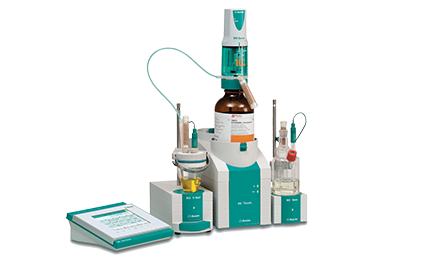
By Stephany McClements
•
14 Jul, 2020
The earth has witnessed changes in weather patterns in the last couples of decades, which have been linked to inadequate industrial and manufacturing activities and operations. The realization that these changes are occurring has led to the formation of regulatory agencies such as the EPA, but also to the birth of initiatives aiming to implement greener and environmentally friendly alternatives in industrial processes, and reduce waste generation. One of the general concerns that relate to the Karl Fischer titration procedure is the generation of hazardous halogenated waste during analysis. With thousands of samples being tested on a daily basis in the US alone, the application of Karl Fischer titration can have detrimental effects on the environment and also on the personnel that operate the chemical analysis equipment, and that have to handle the halogenated reagents as well as the generated waste. The halogenated waste produced by processes such as Karl Fischer titration for water content determination can ultimately pose corrosion risks to equipment, significant health risks to people, and damage to the ozone layer. Given the chemical reaction on which the Karl Fischer titration method relies on, both the volumetric Karl Fischer titration procedure and the coulometric procedure, represent sources of hazardous halogenated waste. Besides the environmental impact, the generation of hazardous halogenated waste is also associated with escalating costs for handling and disposal. Chemical composition testing laboratories are required to abide by strict measures for the disposal of chemicals such as halogenated waste. Halogenated and non-halogenated waste streams need to be meticulously separated for appropriate waste disposal. The cost of disposing halogenated waste is significantly higher compared to disposal costs of non-halogenated waste. Moreover, the disposal of halogenated waste requires accurate reporting and tracking, to ensure all guidelines are being followed and that the highest safety standards are being implemented. As a laboratory, chemical composition analysis and testing could continually generate halogenated waste and lead to additional, and sometimes excessive, costs related to disposal. As companies and industries implement strategies to reduce their waste footprint, especially when it comes to hazardous waste, having a green alternative to the Karl Fischer titration method is key. At Lantha Sensors™, we are happy to offer a green alternative to replace Karl Fischer titrators within your lab. With our reader, LanthaLux™, and application suite, LanthaH2O™, we eliminate the concern of disposing halogenated waste as our solution does not require solvents in order to perform chemical analysis. The LanthaLux™ reader is coupled with Lantha™’s propietary test strips for water content determination, and generates results in a matter of minutes without generating hazardous halogenated waste streams. The test strips are sold in sets of 50 for $499, and the LanthaLux™ reader is sold for $3999. Lantha Sensors™ is committed to offering innovative and accurate solutions that reduce the costs associated with chemical analysis today, so that testing can be performed anywhere. Furthermore, our platforms are simple to use, allowing anyone to conduct reliable testing after just 5 minutes of training. Lantha Sensors™ is excited to simplify chemical analysis and revolutionize how chemical analysis is done today!
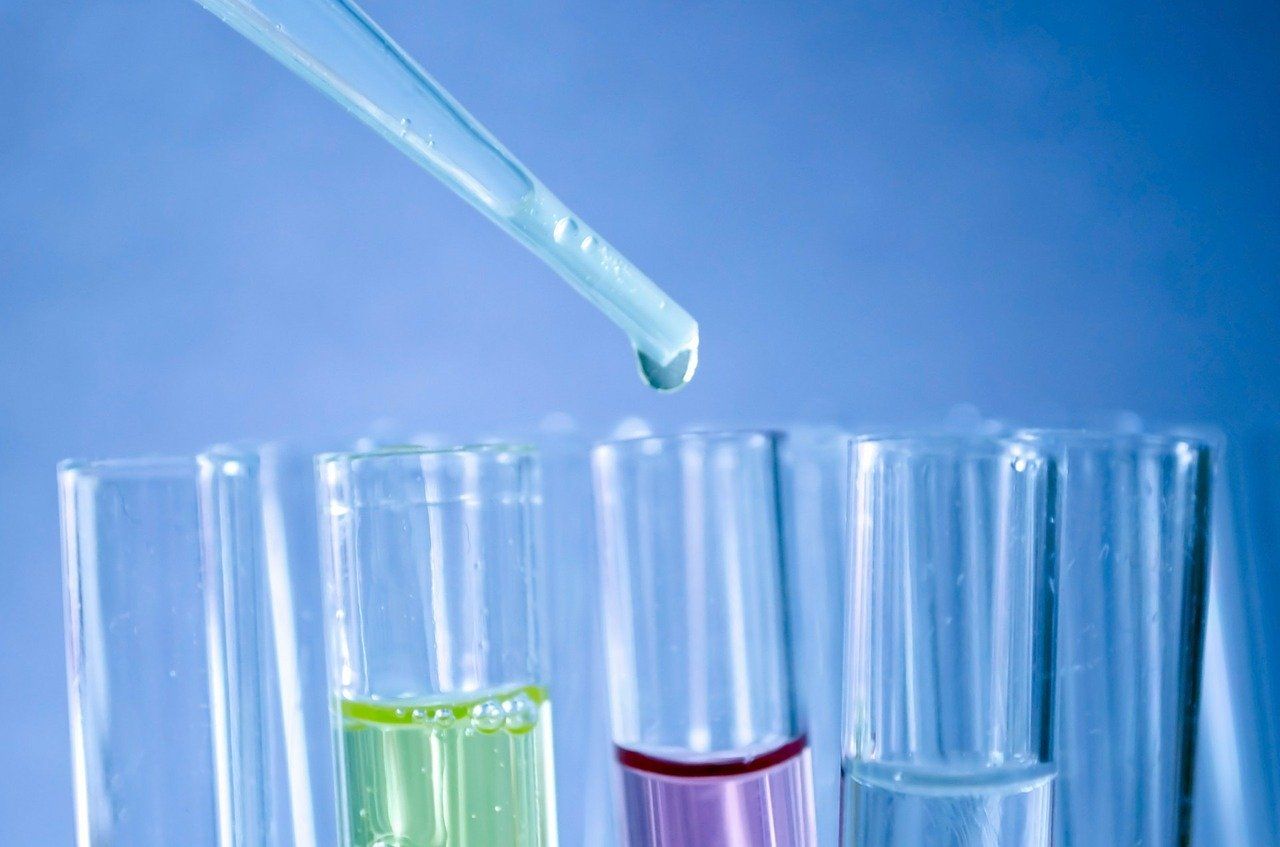
By Stephany McClements
•
02 Jul, 2020
Chemical composition analysis and testing are broad fields in which many different techniques exist to understand the chemical make-up of a given sample. Analytical chemistry techniques have typically been segmented into two categories - quantitative and qualitative analysis. Though qualitative analysis does have a variety of industrial applications, here at Lantha Sensors™ we are looking to innovate and drive forward the field of quantitative chemical composition testing. Common quantitative chemical composition testing services include titration, chromatography, spectroscopy, and electroanalysis, among other techniques. Lantha Sensors™ is currently providing competitive solutions to chemical composition testing processes commonly fulfilled by titration and spectroscopy techniques. Exploring these techniques further has allowed us to develop new approaches that generate time and cost savings, and provide greater accuracy compared to common types of chemical composition analysis and testing. Titration is an analytical process where a solution of known concentration is used to determine the concentration of an analyte in another solution. More specifically, the solution of known concentration is added from a burette to a known quantity of the solution with an unknown concentration of an analyte. Though this process can be done relatively cheaply and is relatively versatile, the method has limited levels of accuracy and can produce significant amounts of chemical waste. Additionally, the timeframe of analysis can vary greatly depending on the analyte and the desired level of accuracy and precision. Karl Fischer titration for water content analysis is one example of how titration can be used as a chemical composition testing service. The Karl Fischer titration method is similar to most titration methodologies and requires appropriate steps to ensure accurate chemical composition testing; these steps include Karl Fischer titration calibration and Karl Fischer titration reagent composition checks. There are many different types of spectroscopy - one of the most common types being Nuclear Magnetic Resonance (NMR) spectroscopy. In this spectroscopic approach, the chemical composition testing of a sample is completed by collecting data based on the understanding of how matter interacts with an electromagnetic field. Though NMR lab tests yield fairly accurate and precise results when it comes to chemical composition testing, they are costly, time-consuming, and complicated compared to other methods of analysis. This holds true not just for the operation of the chemical composition testing equipment to conduct such analysis - it is additionally true for the actual interpretation of the NMR lab test results. To best understand the results of resulting spectra from the analysis conducted in a nuclear magnetic resonance spectroscopy lab, highly-trained and often costly teams are required for data interpretation and analysis. The common theme between these two widely used analytical techniques, and many other techniques, is that more often than not, quality of analysis must be compromised to save time or money in chemical composition testing services. Lantha Sensors™ challenges industry standards by providing analytical solutions that are portable and do not require such compromises for quality analysis. Lanthanide-based metal-organic framework chemistry has allowed Lantha™ to provide high-resolution detection of impurities, relying upon the luminescent properties of lanthanides. Our chemical analysis lab equipment products allow for rapid, point-of-need testing in a variety of industrial applications - including but not limited to purity and integrity of organic mixtures, isotopically labeled solvents and intermediates, and fuel streams. Our list of industry applications continues to grow as we build better, more specialized products to ease chemical composition testing services. Every day, we work to continue to make analysis accessible to anyone, anytime, anywhere.
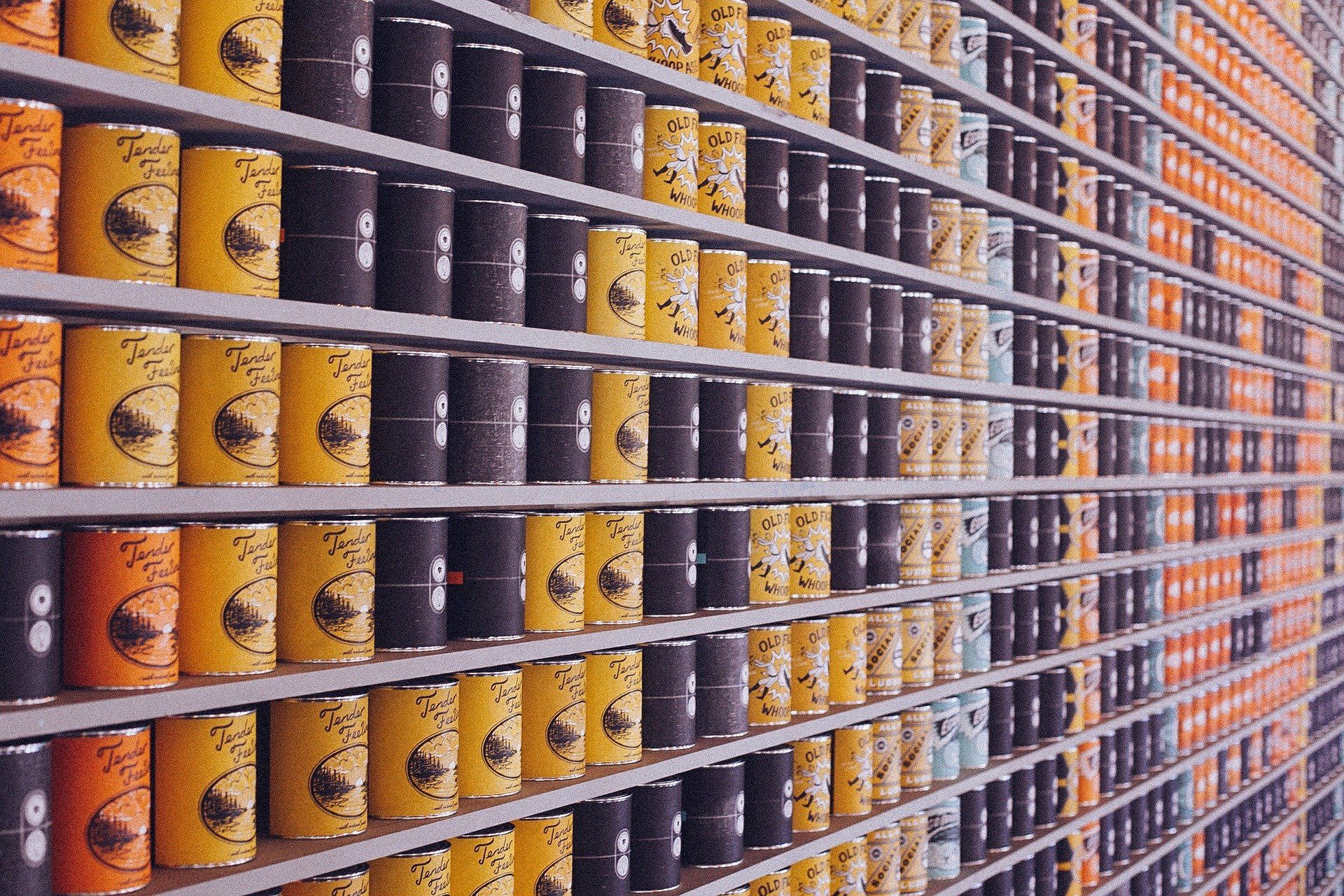
By Stephany McClements
•
30 Jun, 2020
Water is of course ubiquitous but in many industrial cases, too much or too little moisture can have detrimental effects in certain processes, making the application of Karl Fischer titration a popular method for chemical composition analysis and testing . The goal of accurately determining moisture content varies across different industries, as some industries require the presence of water for their services or products, while others require minimum amounts of moisture, if any. In the food industry, the Karl Fischer titration method is used to determine the moisture content in liquids such as honey and juice but also for solids such as chips, and flour. In particular, the production division of the food industry has to be cautious on the moisture content in certain products to avoid having food spoil faster or prevent the possibility of bacteria developing during shelf life. These critical factors could harm the reputation of a brand in a matter of seconds with a recall, which is why chemical composition testing is important. Equally important, is the distribution of chemicals meeting the correct specifications for its application. Chemical distributors often use chemical composition testing equipment to ensure that their customers are receiving high quality chemicals that meet specifications for their operations. Karl Fischer titration for water content is commonly used to help ensure that certain chemicals meet the standardized moisture content level before shipment. The accuracy of these tests is critical to industrial operations, as moisture content outside of specified acceptable ranges can dramatically affect performance and yields, possibly leading to revenue losses and expensive repairs. An example of where the moisture content level is critical, is the lubricants and oils industry. If analysis of these matrices yielded inaccurate results and the oils truly exceeded the maximum amount of specified water, the oils could be placed in operations and lead to rapid and undesired corrosion of machinery (wind turbines, for instance), leading to halted operations for repairs or replacements. With moisture detection being critical to many operational processes and industries, having the right chemical composition analysis equipment is key. Water standards for Karl Fischer titration vary depending on the amount of water contained in the sample and the type of methodology required: coulometric or volumetric approach. Having both Karl Fischer titration methods for chemical analysis equipment can result in costs ranging from $12,000 up to $20,000. In addition, the Karl Fischer titration procedure requires personnel to have proper training to efficiently use the equipment and generate accurate results. Altogether, these factors make the implementation of Karl Fischer titration for chemical analysis lab equipment a time consuming and costly process. Lantha Sensors™ is focused on revolutionizing how chemical analysis is done today, by offering innovative solutions for moisture detection, which include our handheld LanthaLux™ reader and our LanthaH2O™ test strips. Ease of use and portability are our drivers, for we believe that it is time to simplify chemical analysis, so that accurate testing can be done by anyone, anytime, and anywhere. Our application suite for moisture detection, LanthaH2O™, provides a reliable and accurate platform that can be used in a lab, manufacturing plant, or anywhere else. Compared to Karl Fischer titration, LanthaH2O™ makes it easy for anyone to carry out reliable moisture detection testing, yielding results in a matter of minutes. With our LanthaLux™ reader being sold for $3999 and offering solutions for only $10 per moisture detection test, we are committed to providing cost-effective solutions.
